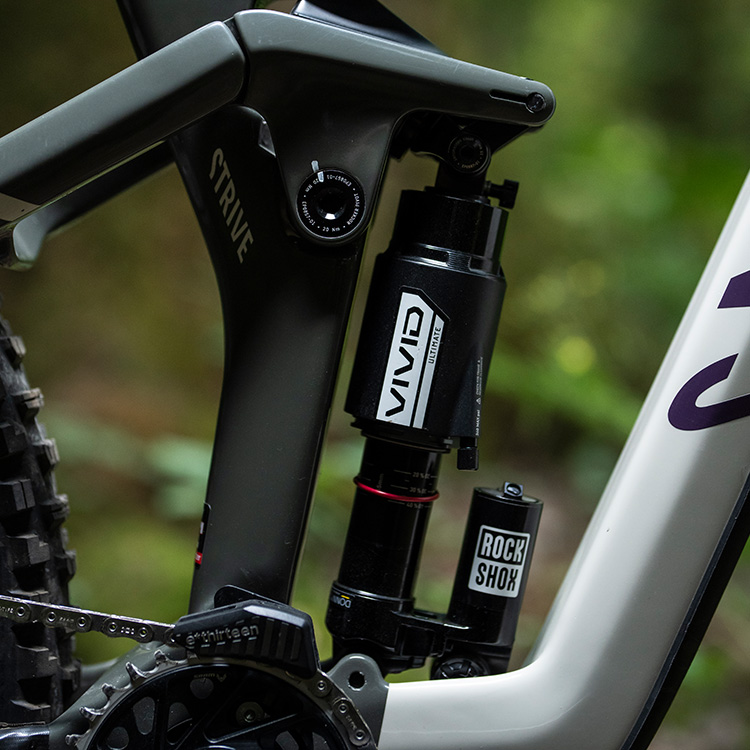I've had my Vivid for a few weeks. After setting it up over a few intense park days the best I can say is the difference from my Super Deluxe air is substantial in all ways. I haven't ridden a coil in years so I can't compare the Vivid to what many would say it's trying to replicate.
On its own it's super soft off the top, there's even a little sag under the weight of the bike. It's very linear through the majority of the travel, which is the biggest difference compared to the SD. With the SD I could sort of guess how deep into the shock travel I got on a certain size hit. With the Vivid I was always surprised when I checked the travel ring when I was bracketing over the same run. I guess that means there's always a variance to speed/force/etc. even if you're hitting the same run multiple times and the Vivid is able to account for that. There's no harshness at all to the HBO ramp up at the end of travel. I couldn't get it to bottom, though my ankles, shoulders and back only let me take that so far!

What I noticed the most was how well it smoothed breaking bumps and popped off jumps while still "plowing" through medium, semi-repetitive terrain. The least scientific thing I can say is it felt like it added 2' of travel without feeling sluggish.
For the record I have a 2022 Canyon Torque. Stock Vivid 250x70 1 token/Reb25/Comp34
HSC -1
LSC +1
HBO -1
Reb +12
PSI 210








